In the last few years, we have read (and written) countless articles on Millennials and how this generation is changing the event industry and consumer habits. Now I would like to include the Z Generation in this article on how things are going to change; although Z generation members are still too young to fundamentally change the event management industry they will start to be a very important part in the next 24 months.
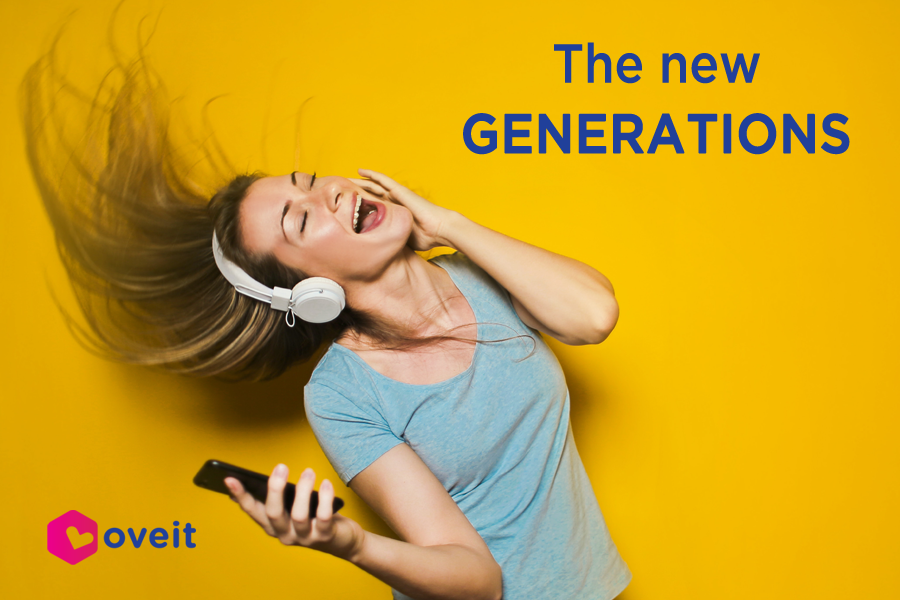
But first, let’s remember who exactly can be included in these 2 categories:
Millennials: name used for those born between 1980 and mid 90’s
Generation Z: name used for those born starting with mid 90’s (there are many discussions regarding the ending birth years for this generation).
Let’s see some figures on these two generations:
At present time, 1/3 of the global consumption power is owned by millennials (and this percentage is going to grow in the next few years)
It’s estimated that by the year 2020 Generation Z will represent over 40% in the USA consumption market
2 years from now, Millennials and Generation Z will represent almost 60% of the worldwide employees.
The first common feature is their lean toward technology. But while millennials grew up while the rise of technology, Gen Z members were born into an already technologized world. For them, a world without search engines, social media, and smartphones is simply unacceptable. This first common feature draws our attention toward 2 extremely important aspects:
- Online marketing, using both search engines (and search engine optimization) and social media platforms. If you need any help please read one of the multiple articles that we have written about how to use keywords, email marketing, Instagram and Snapchat to promote your events.
P.s. if you think social media marketing works great for millennials you should know that Gen Z members are 4X more likely to convert on it. Great news or what?!?
- The movement toward smart event management tools, tools that allow your future attendees to buy online tickets using their smartphones. Why? Because a recent study shows that gen Z would rather give up TV for a day (80%) or event money and friends (28%) and keep their smartphones in return. So a software that allows them to buy tickets using smartphones is more than welcome.
Another important aspect is represented by the importance Gen Z members give to the environment and social responsibility. According to fusemarketing.com, “85% of Gen Z believes companies have an obligation to help solve social problems.” This also includes the environment and a paperless ticketing system is one way you can show that your event registration software cares about the environment.
Short attention span for both Millennials and Generation Z members
If in the past we were shocked by the short attention span that millennials had, now things are even more complicated. The average attention span for gen Z is 8 seconds (4 seconds shorter than the average one of millennials), forcing us to become a lot better when trying to get their attention. This is one of the most important aspects why our partners use NFC technology for on-site interactions. If attendees see something that captures their interest they just need to tap the wristband to let the exhibitor/sponsor know that they would love to find out more. And an NFC-ready event registration software (like Oveit) does the rest.
The future of event payments
Forget about cash or physical tokens, the future is 100% digital. Modern times allow us to take event payments to the next level and allow attendees to pay with just a tap of their wristband. No cash, no queueing, no worries. Attendees should be able to top up credit using a designated top-up point (or even the event app) and payments will be instantly processed, allowing your guests to concentrate on the things that really matter at events (networking and having fun).
As you we can see around us, by each passing day technology becomes more and more important. For us, but especially for those that never lived in a tech-free world, the future cannot exist without smartphones, apps, gadgets, and wearables. And neither the event industry.
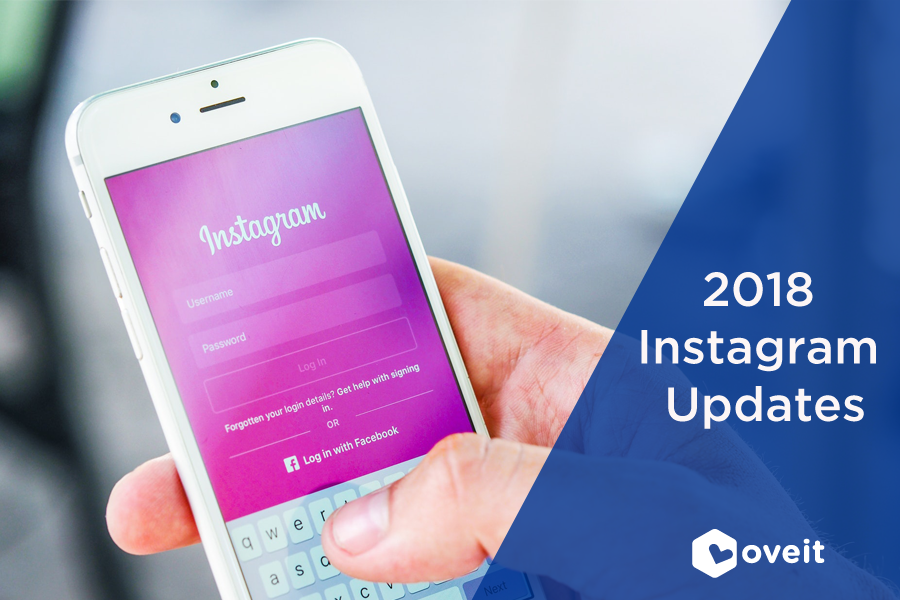
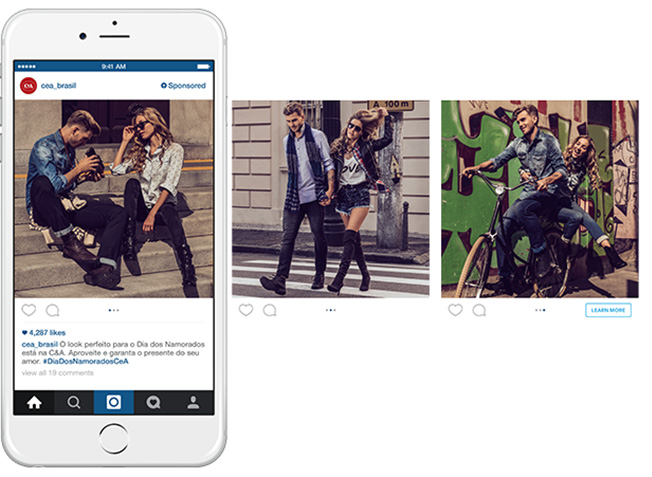
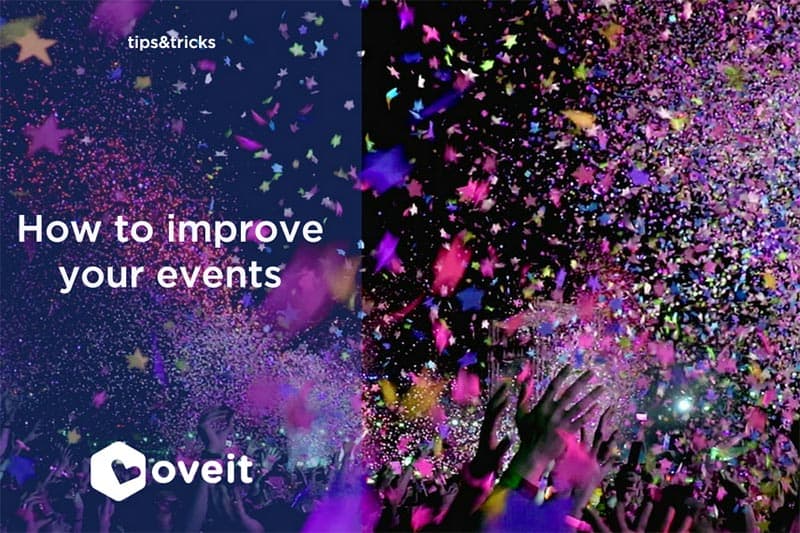
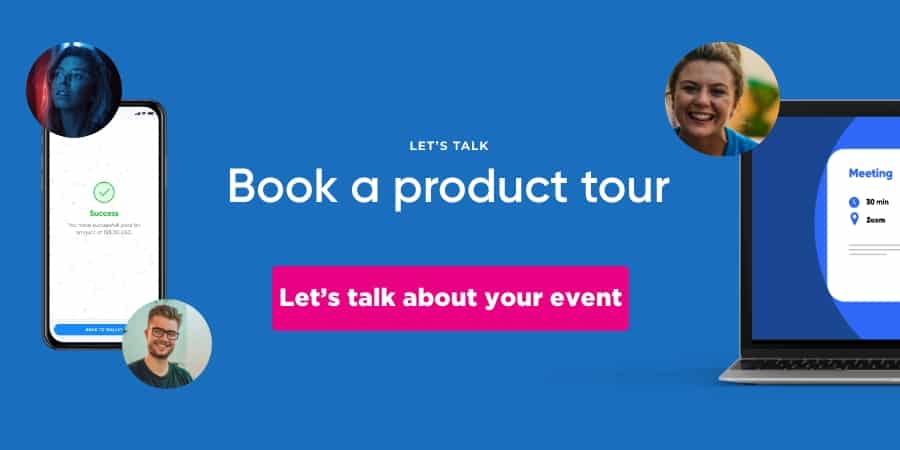
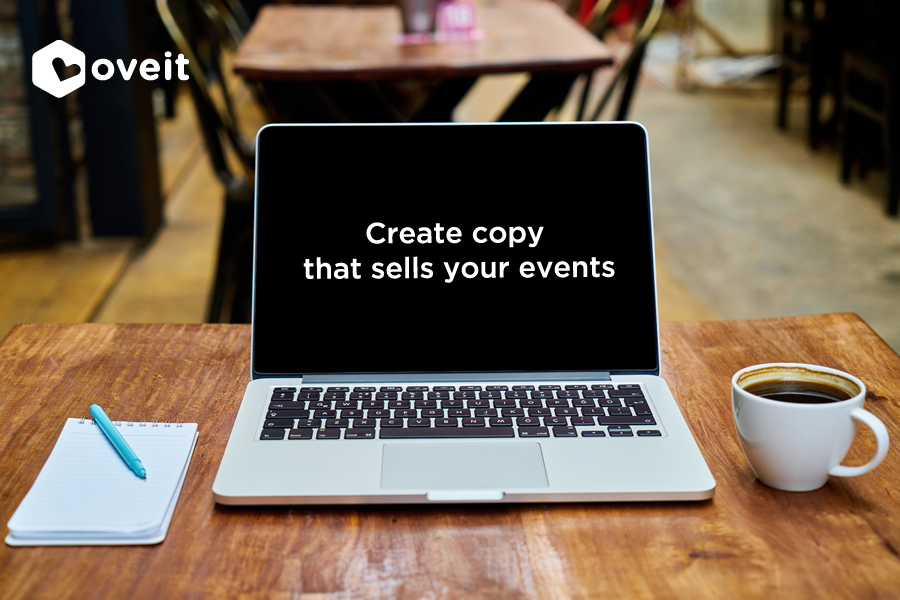
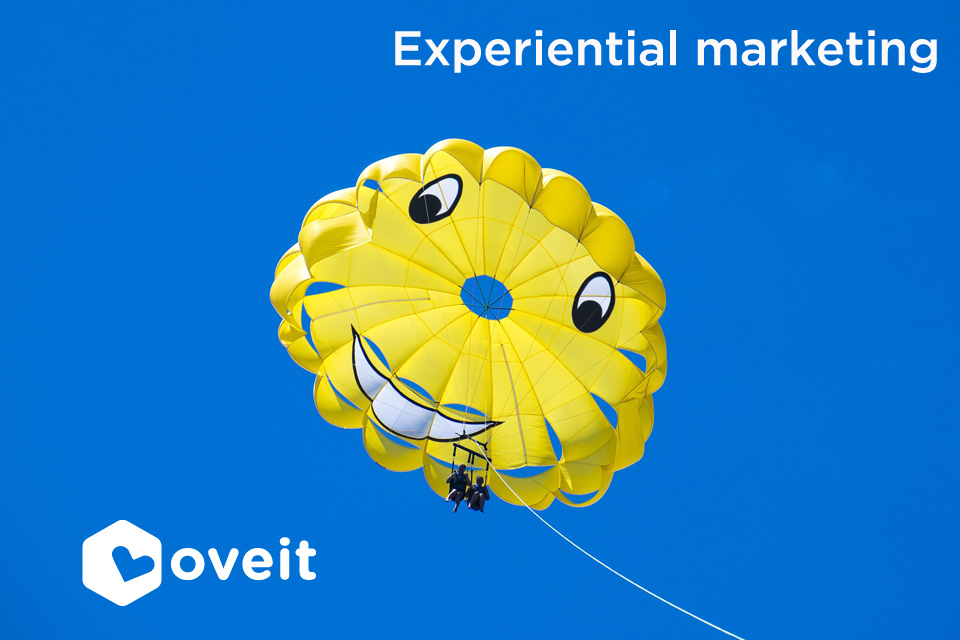 It’s one thing to imagine that you are driving a sports car, it’s another to actually be behind wheel and hear the purring engine. It’s one thing to watch a billboard that invites you to visit the Canary Islands, it’s another to feel the sun comforting your skin. It’s one thing to see an online ad and it’s totally different to FEEL the benefits a product can give you.“…Involve me and I learn”, Benjamin Franklin’s quote can be adapted to the experiential marketing scene. “Involve me and I will see and feel how your product can help me”.
It’s one thing to imagine that you are driving a sports car, it’s another to actually be behind wheel and hear the purring engine. It’s one thing to watch a billboard that invites you to visit the Canary Islands, it’s another to feel the sun comforting your skin. It’s one thing to see an online ad and it’s totally different to FEEL the benefits a product can give you.“…Involve me and I learn”, Benjamin Franklin’s quote can be adapted to the experiential marketing scene. “Involve me and I will see and feel how your product can help me”.